#neo-gothic
Explore tagged Tumblr posts
Text

Schloss Hluboká, Hluboká nad Vltavou, Czech Republic,
Giulio Groebert Photography
#art#design#architecture#history#luxury lifestyle#style#luxury house#luxury home#castle#schloss#schloss hluboka#czech republic#giulio groebert#neo-gothic
513 notes
·
View notes
Text
🩷 Heart Spine Cybersigilism Design

🩷 Portfolio piece 🩷 This intricate design features symmetrical flowing lines that create a spinal column effect in the cybersigilism style. The delicate heart motifs cascade down the centre, forming a vertebrae-like structure with ornate abstract elements extending from the upper portion.
Design Details:
Style: Cybersigilism with gothic romantic elements
Colour palette: Pink/red monochromatic
Medium: Digital illustration
Cybersigilism combines the symbolic power of sigils with modern digital aesthetics, creating a visual language that blends the mystical with the technological. The heart's spine represents the connection between emotion and digital consciousness.
Currently building my portfolio as I pursue a tattoo apprenticeship. Feedback from artists is welcome!
#cybersigilism#digital sigils#neo-gothic#contemporary tattoo#monochromatic tattoo#line art#digital tattoo design#minimalist tattoo#ornamental design#sacred geometry#cyber aesthetics#apprentice hopeful#tattoo apprentice#portfolio work#heart design#spine design#digital art#tattoo design
52 notes
·
View notes
Text

Santa Justa Lift, Lisbon, Portugal: The Santa Justa Lift, also called Carmo Lift, is an elevator, or lift, in the civil parish of Santa Justa, in the historic center of Lisbon, Portugal. Situated at the end of Rua de Santa Justa, it connects the lower streets of the Baixa with the higher Largo do Carmo. Wikipedia
182 notes
·
View notes
Text

Postcard showing the entrance to the CCNY campus, ca. 1920s. Click/tap to enlarge.
Photo: eBay
#vintage New York#1920s#City College of NY#CCNY#campus#vintage postcard#1920s New York#university#neo-Gothic
42 notes
·
View notes
Text

A decaying neo-gothic turret hidden among the hills in Italy
📸 chiaracoto
#neo-gothic#goth aesthetic#gothic architecture#goth#hills#Italy#decaying#turret#tower#photo#photograph#photography#urbex#abandoned#abandoned places#places
438 notes
·
View notes
Text

Livraria Lello Porto, Portugal,
Livraria Lelloart no has art nouveau and Neo-Gothic architecture and was frequented by Harry Potter author J.K. Rowling when she taught English in Porto - its gorgeous, curving staircase is rumored to have been an inspiration for the staircases of Hogwarts.
#art#design#stairwell#stairway#architecture#staircase#interiors#stairs#staircases#spiral staircase#portugal#porto#lello bookstore#booksore#millwork#harry potter#art nouveau#neo-gothic#hogwarts
240 notes
·
View notes
Photo

The gargoyles on Memorial Hall at Harvard University.
7 notes
·
View notes
Text
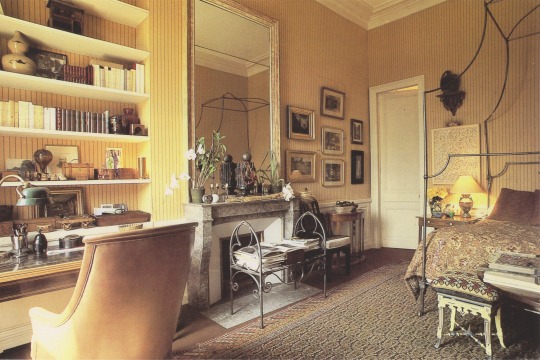
An iron bedstead of delicately graphic silhouette sets the tone of this bedroom. Graphic too are the stripes of the wallpaper, the Neo-Gothic bench in front of the fireplace, and the arrangement of the pictures whose gold frames harmonize with the autumnal coloring of the room.
The French Touch: Decoration and Design in the Most Beautiful Homes in France, 1988
#vintage#vintage interior#1980s#80s#interior design#home decor#bedroom#fireplace#desk#bookshelves#Neo-Gothic#French#style#iron bed#stripe#wallpaper#gold#home#architecture
168 notes
·
View notes
Text
Elegance of Gothic Cathedrals
First, let me start by saying that architecture is one of my many interests so today I thought I would talk about Gothic architecture mainly in cathedrals.
Gothic architecture has left an indelible mark on the history of design, particularly in its most enduring creations—the cathedrals of Europe. Rising out of the medieval period, these grand edifices are known for their intricate craftsmanship, ethereal beauty, and symbolic power. From the 12th century until the 16th century, this architectural style flourished, transforming the very concept of sacred space.
At the heart of Gothic architecture lies a unique blend of engineering innovation and theological symbolism. Cathedrals such as Notre-Dame de Paris, Chartres, and Cologne are far more than stone structures; they are testaments to humanity’s artistic ambition, cultural heritage, and spiritual aspirations.
The Defining Features of Gothic Architecture
Gothic architecture is immediately recognizable through a few key elements. The most prominent of these are the pointed arches, ribbed vaults, and flying buttresses. These architectural advances not only contributed to the grandeur of the buildings but also solved practical challenges, allowing for higher ceilings and larger windows.
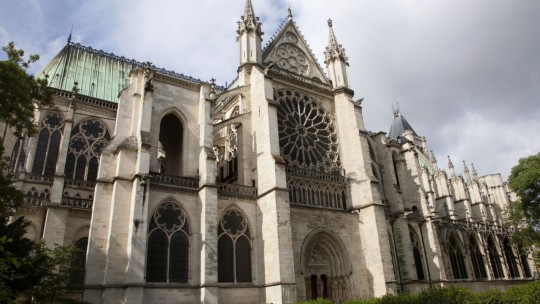
1. Pointed Arches
While the round arches of Romanesque architecture were limited in their ability to support large structures, the pointed arch became a hallmark of the Gothic style. Not only was it more structurally sound, but it also created a sense of verticality that became symbolic of reaching toward the divine. The pointed arches draw the viewer’s gaze upward, fostering a sense of contemplation and reverence.
2. Ribbed Vaults
The ribbed vault was another technological breakthrough of the Gothic era. Instead of relying on heavy walls to support the weight of the building, ribbed vaults distributed the load more evenly, enabling the construction of expansive, open interiors. This innovation allowed for taller, more slender columns, contributing to the light and airy atmosphere of the cathedrals. The skeletal framework of ribs not only supported the structure but also emphasized its intricate geometry, adding layers of visual interest.
3. Flying Buttresses
One of the most iconic features of Gothic cathedrals is the flying buttress. These external supports allowed builders to create thinner walls and incorporate vast stained glass windows, transforming the interior space into a kaleidoscope of light. Flying buttresses also underscored the sense of weightlessness that Gothic cathedrals are known for, making these colossal stone buildings appear as if they were floating. These buttresses were both functional and ornamental, adding to the overall harmony and grandeur of the design.
Symbolism in Gothic Architecture
Gothic cathedrals were not only masterpieces of engineering; they were also deeply symbolic. Every element, from the smallest decorative detail to the towering spires, carried spiritual significance.
1. Verticality and Light
The primary aim of the Gothic architect was to create a space that connected the earthly with the divine. The vertical lines of the cathedrals, their soaring spires, and tall columns were designed to lift the spirit upward, toward the heavens. This sense of verticality mirrored the medieval mindset, in which heaven was a place far above the earth, a place of ultimate beauty and perfection.
Light, too, played a crucial symbolic role. Stained glass windows, often depicting biblical stories or saints, were not merely decorative. They were intended to serve as a divine light, illuminating the interior of the cathedral with vibrant colors, casting a sacred glow that inspired awe and devotion. The famous rose windows, such as the one at Notre-Dame, serve as visual representations of heavenly perfection.
2. The Role of Ornamentation
The level of detail in Gothic cathedrals is nothing short of astonishing. Facades are adorned with intricate carvings, gargoyles, and statuary, all of which tell a story. The carvings of saints, biblical scenes, and even fantastical creatures served both as religious instruction and spiritual contemplation for those who could not read.
Gargoyles, while often seen as grotesque, were symbolic as well. In addition to their practical role in diverting water away from the building, they were thought to ward off evil spirits. Meanwhile, the sheer intricacy of the carvings, such as those seen at Chartres or Reims Cathedral, was meant to reflect the divine beauty and complexity of creation.
Famous Gothic Cathedrals
1. Notre-Dame de Paris
Perhaps the most famous Gothic cathedral in the world, Notre-Dame de Paris exemplifies the best of this architectural style. Constructed between 1163 and 1345, Notre-Dame boasts all the quintessential elements of Gothic architecture, from its twin towers to its flying buttresses. The interior is equally impressive, with ribbed vaults and a stunning rose window that fills the space with colored light.
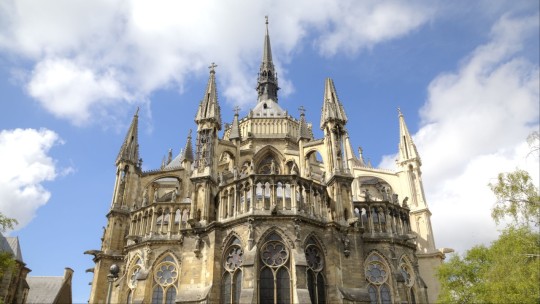
Tragically, the 2019 fire that destroyed much of the roof and spire has only deepened global appreciation for Notre Dame’s cultural significance. Restoration efforts have focused on faithfully recreating the original design, reinforcing its importance in both architectural and spiritual history.
2. Cologne Cathedral
Cologne Cathedral, located in Germany, stands as one of the tallest Gothic structures in the world, with its twin spires reaching a staggering 157 meters (515 feet) into the sky. Construction on the cathedral began in 1248, but it was not completed until 1880, making it one of the longest construction projects in history. Despite this long timeline, the cathedral’s design remained consistent with its original Gothic vision, with its dark stone exterior, massive flying buttresses, and ornate details.
3. Chartres Cathedral
Chartres Cathedral, located in France, is renowned for its architectural unity and its remarkable collection of stained glass windows. It is one of the best-preserved examples of High Gothic architecture. The cathedral’s West façade, known as the Royal Portal, is adorned with statues of kings, queens, and biblical figures, while the labyrinth embedded in the floor was used as a meditative tool by pilgrims.
Gothic Architecture’s Influence on Modern Design
Even today, the influence of Gothic cathedrals can be seen in modern architecture. Neo-Gothic structures such as New York’s St. Patrick’s Cathedral and London’s Palace of Westminster bear clear marks of their medieval predecessors. The verticality, use of pointed arches, and intricate ornamentation have all been adapted to contemporary sensibilities, proving the timelessness of this architectural style.
Moreover, the spirit of innovation that defined Gothic architecture continues to inspire modern architects. While materials and technologies may have changed, the desire to push the boundaries of design and create spaces that evoke awe and wonder remains as strong as ever.
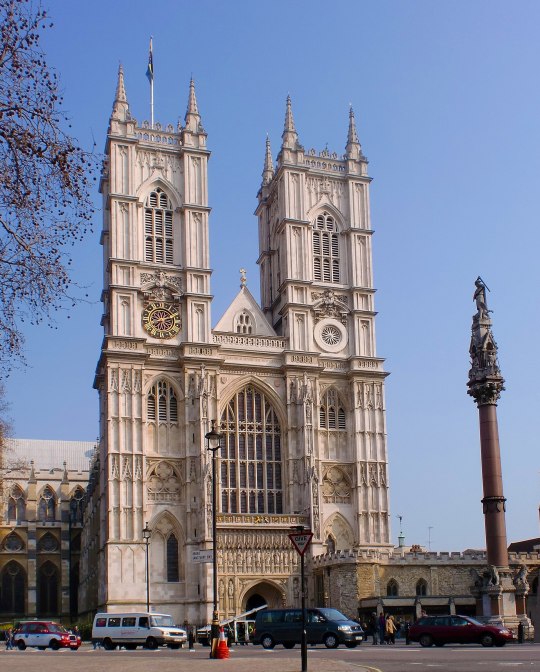
Gothic cathedrals are not only architectural marvels but also profound expressions of faith, culture, and human ingenuity. These towering structures continue to stand as timeless monuments to a bygone era, inviting us to contemplate the divine and to marvel at the artistic achievements of the past. The elegance and grandeur of Gothic architecture remind us of the power of design to transcend time, connecting us to both history and the sublime.
#Gothic Architecture#Cathedrals#Gothic Cathedrals#Notre-Dame de Paris#Cologne Cathedral#Chartres Cathedral#Medieval Architecture#Flying Buttresses#Ribbed Vaults#Stained Glass Windows#Rose Windows#Pointed Arches#Gothic Design#Religious Architecture#Neo-Gothic#Sacred Spaces#Architectural History#Church Architecture#Architecture Symbolism#Gothic Revival
10 notes
·
View notes
Text

Christ Church Cathedral - Cathédrale Christ Church, Anglican, Montréal, 2023.
33 notes
·
View notes
Text
Kylemore Abbey - a Victorian oasis along the west coast of Ireland
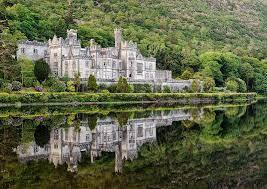
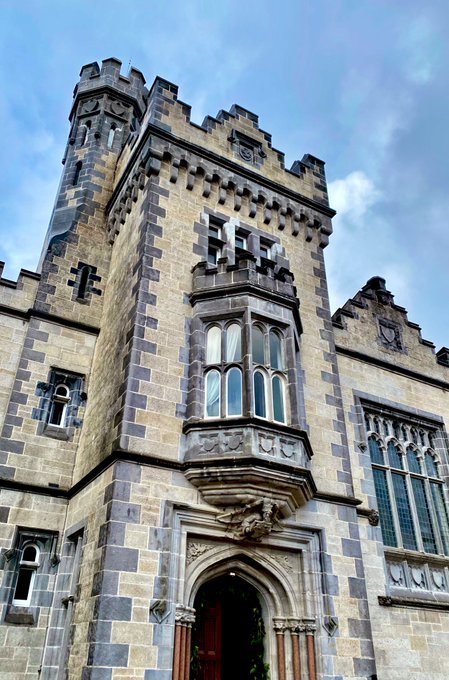
Kylemore is a 19th century neo-gothic castle that looks much older
#Kylemore Abbey#Connemara#County Galway#Ireland#Eire#neo-gothic#architecture#Benedictine#Irish countryside#lake#woodland#reflections#scenery#Victorian era#British Isles
18 notes
·
View notes
Text
The clock tower at University Of Auckland, New Zealand
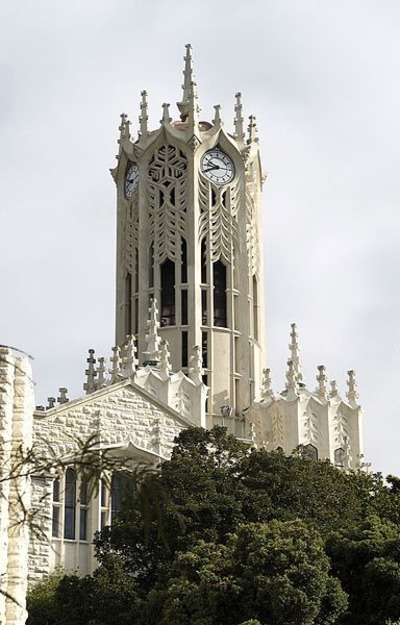
23 notes
·
View notes
Text












The Chicago Tribune began publishing on June 10, 1847.
#Tribune Tower#435 North Michigan Avenue#Howells & Hood#Chicago#USA#Raymond Hood#John Mead Howells#neo-Gothic#Chicago Tribune#travel#DuSable Bridge#the Loop#Magnificent Mile#Chicago River#Illinois#2014#summer 2019#2016#original photography#architecture#cityscape#landmark#Wrigley Building#Michigan Avenue Bridge#Midwestern USA#Great Lakes Region#10 June 1847#anniversary#US history#vacation
4 notes
·
View notes
Text


I made some earrings! I’m selling each pair for 15 dollars each plus shipping!
The charms are resin and the hooks are stainless steel! Won’t turn your skin green! You’ll have to use paint for that sorry
#jewelry#jewellery#earrings#art#custom#custom jewelry#custom jewellery#custom earrings#neo gothic#neo-gothic#goth#gothic#vulture culture
2 notes
·
View notes
Text
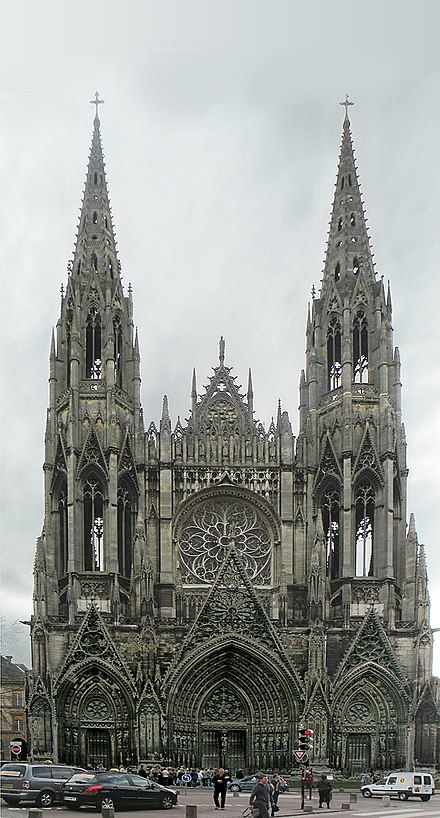
𝔑𝔢𝔬-𝔊𝔬𝔱𝔥𝔦𝔠 𝔴𝔢𝔰𝔱𝔢𝔯𝔫 𝔣𝔞ç𝔞𝔡𝔢, 𝔴𝔬𝔯𝔨 𝔬𝔣 ℌ𝔢𝔫𝔯𝔦 𝔊𝔯é𝔤𝔬𝔦𝔯𝔢 (յՑկՏ-յՑՏշ).
𝔖𝔬𝔲𝔯𝔠𝔢: 𝔴𝔦𝔨𝔦𝔭𝔢𝔡𝔦𝔞
#iglesia abacial de Saint-Ouen#Henri Grégoire (1845-1852)#cathedral#goth aesthetic#gothic aesthetic#goth architecture#gothic architecture#architecture#Neo-Gothic#france#neo gothic architecture#photo#photography
135 notes
·
View notes
Text

An 18th century wooden architectural model by Giuseppe Venanzia Malvuglia of a proposed dome for the Cathedral of Palermo that was never built. - Diocesan Museum of Palermo, Sicily
Photo by Charles Reeza
11 notes
·
View notes